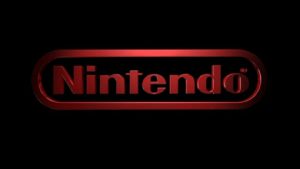 The next- / new-generation gaming industry is massive, but it runs on extremely tight schedules and even tighter bottom lines. Programmers, builders, engineers, and more are strained to the hilt to deliver the biggest and best, top-of-the-line, state-of-the-art gaming experiences to consumers on, perhaps, under some of the most demanding conditions in the world. While the industry is certainly not in jeopardy, those who work in it certainly have trouble keeping up.
The next- / new-generation gaming industry is massive, but it runs on extremely tight schedules and even tighter bottom lines. Programmers, builders, engineers, and more are strained to the hilt to deliver the biggest and best, top-of-the-line, state-of-the-art gaming experiences to consumers on, perhaps, under some of the most demanding conditions in the world. While the industry is certainly not in jeopardy, those who work in it certainly have trouble keeping up.
But these workers—who love video games—consider it a passion project.
And the good news for the modern industry is that there is just as much love for nostalgia as there is for new products. Indeed, retro gaming is also massive. 8-bit and 16-bit style games are common to the indie market, often free online through various distribution methods.
While the buzz across the internet for this tiny version of the classic premier gaming system of the time was massive, the sales, perhaps, have been unbelievable. At present, the most-sought holiday gift of the year has already sold more units in its first 30 days than [Nintendo’s newest system] the Wii U did in its first six months.
Granted, the mini NES is a little more affordable than the Wii U, but at a whopping 196,000 units sold in November in the United States, alone, the classic Mini NES is on track to solidify Nintendo’s place in history. And there are another 261,000 estimated to ship in Japan, too.
For just $60, the Nintendo mini NES Classic edition comes with a handful of the most popular [in-house] games from the 1980s and there is no place to put a cartridge; so you can’t, necessarily, acquire other games to play. However, the nostalgia is easily worth the price.
And there is talk of a similar SNES release next year…
